Introduction
Historic homes are like living, breathing organisms. They age, and change, and present you with hidden surprises -- sometimes good, sometimes bad. That's all part of the joy and challenge of owning an old house. As a homeowner, it's your responsibility to be a good conservator of the past. The joy you feel living in a historic home is yours to tend for future generations. Your house will outlive you, and it's up to you to ensure that someone else gets that joy.
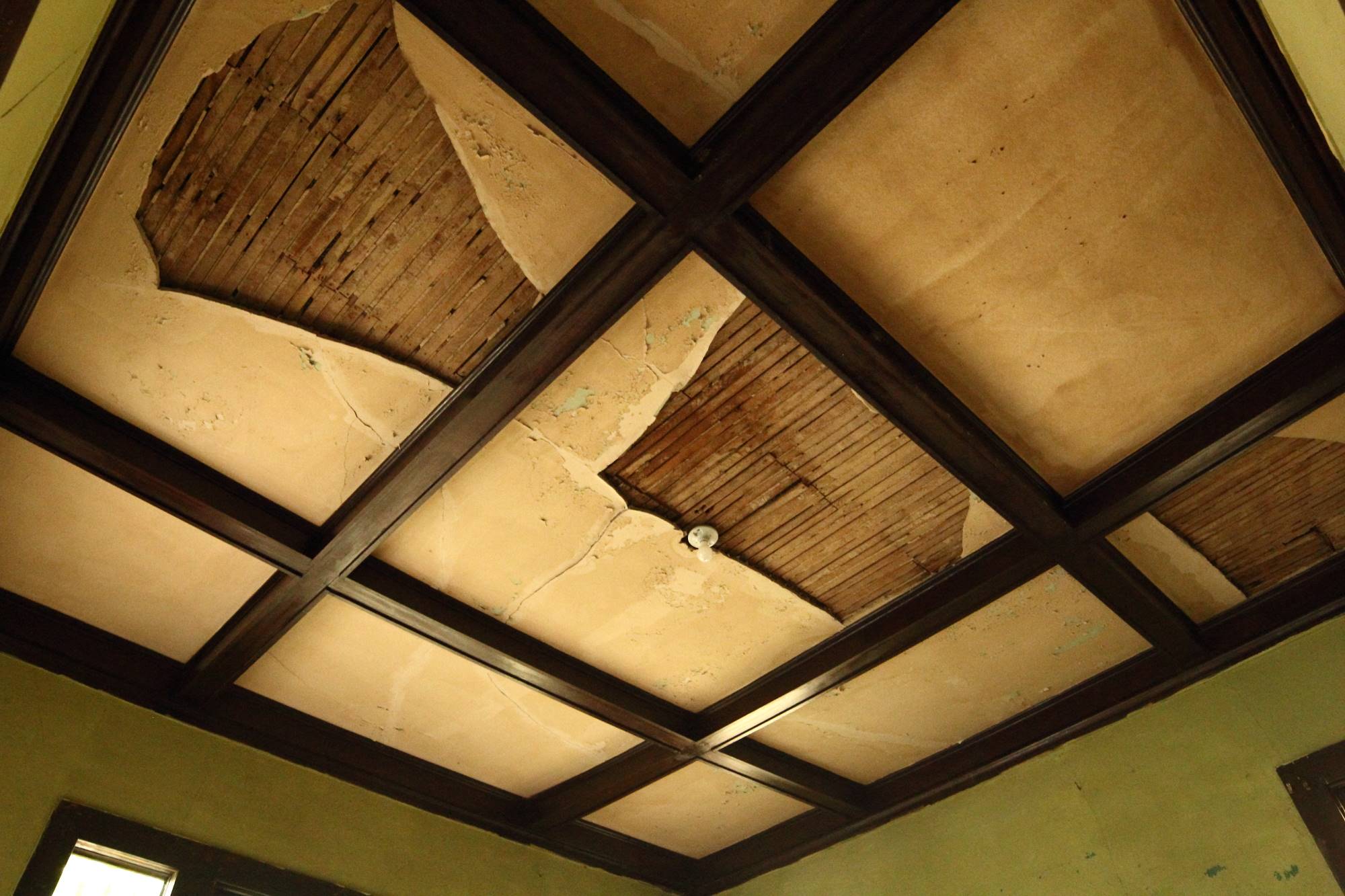
1
DO have an inspection done by someone who is very familiar with old houses and their issues. A historic home is built differently than modern homes, so it has different problems than modern homes do. And some of those problems aren't very evident on the surface.
Give Work5hop a call. You'll need a full inspection done by an inspector licensed by the American Society of Home Inspectors, but an architect familiar with old homes will have insights that a home inspector won't. We'll generally do an initial consult for free, too, so you can't lose.
Home inspection. Photo by Liz Roll (This image is from the FEMA Photo Library.) [Public domain], via Wikimedia Commons
Give Work5hop a call. You'll need a full inspection done by an inspector licensed by the American Society of Home Inspectors, but an architect familiar with old homes will have insights that a home inspector won't. We'll generally do an initial consult for free, too, so you can't lose.
Home inspection. Photo by Liz Roll (This image is from the FEMA Photo Library.) [Public domain], via Wikimedia Commons
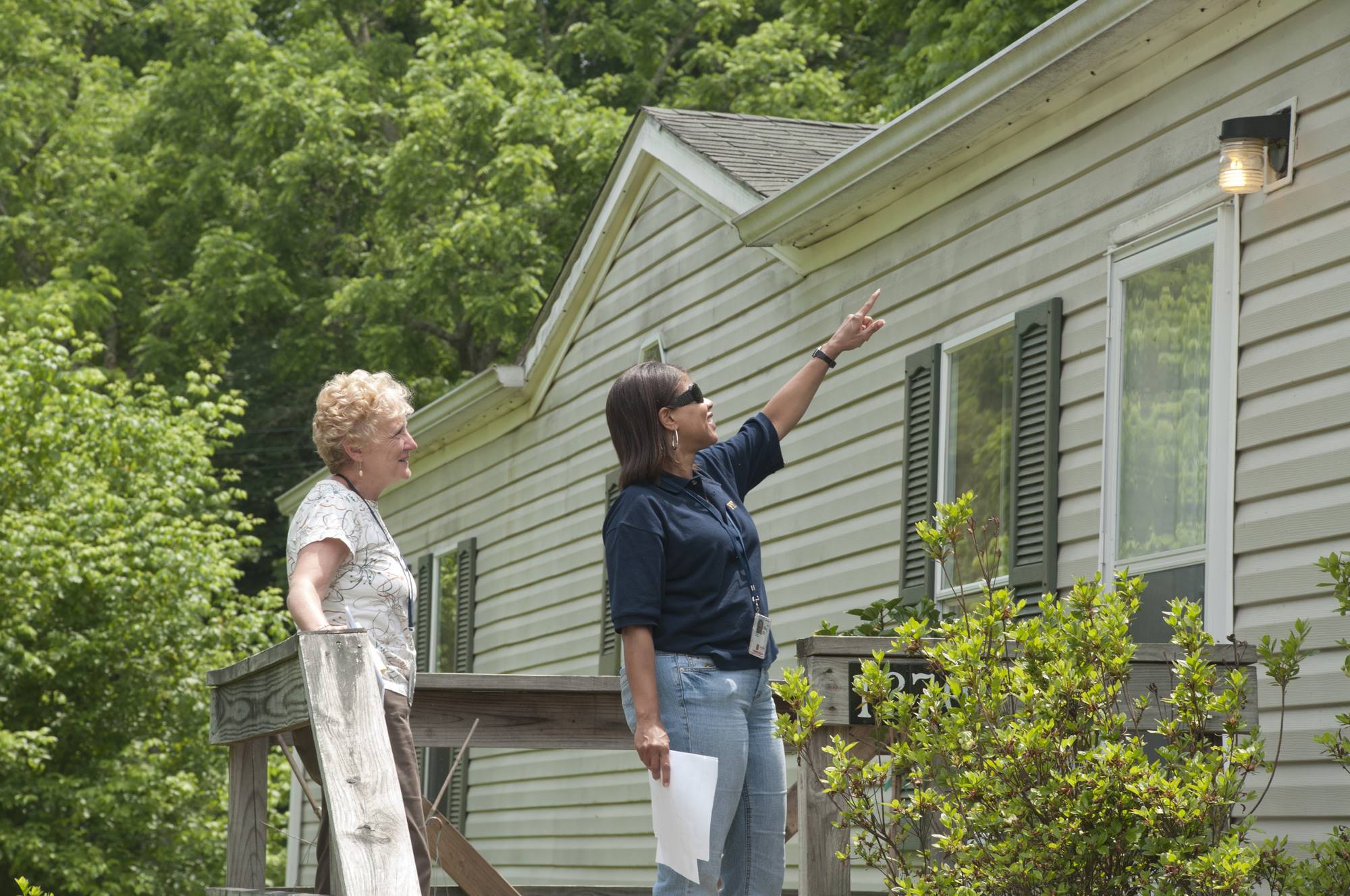
2
DON'T assume you can do whatever you want with the house. It may be in a protected neighborhood district, meaning that there's an approval process for what can be done with the exterior. There's more flexibility with interior changes, but if you're thinking that you're going to wipe the interior slate clean and start from zero, then you should really reconsider buying a historic home. That's like buying a gorgeous heirloom piece of jewelry and then melting it down for the gold. If you don't value history, don't buy a historic house.
Homes in a historic district in East Brenham, Texas. By Rene Gomes (Own work) [CC BY-SA 3.0 (http://creativecommons.org/licenses/by-sa/3.0)], via Wikimedia Commons
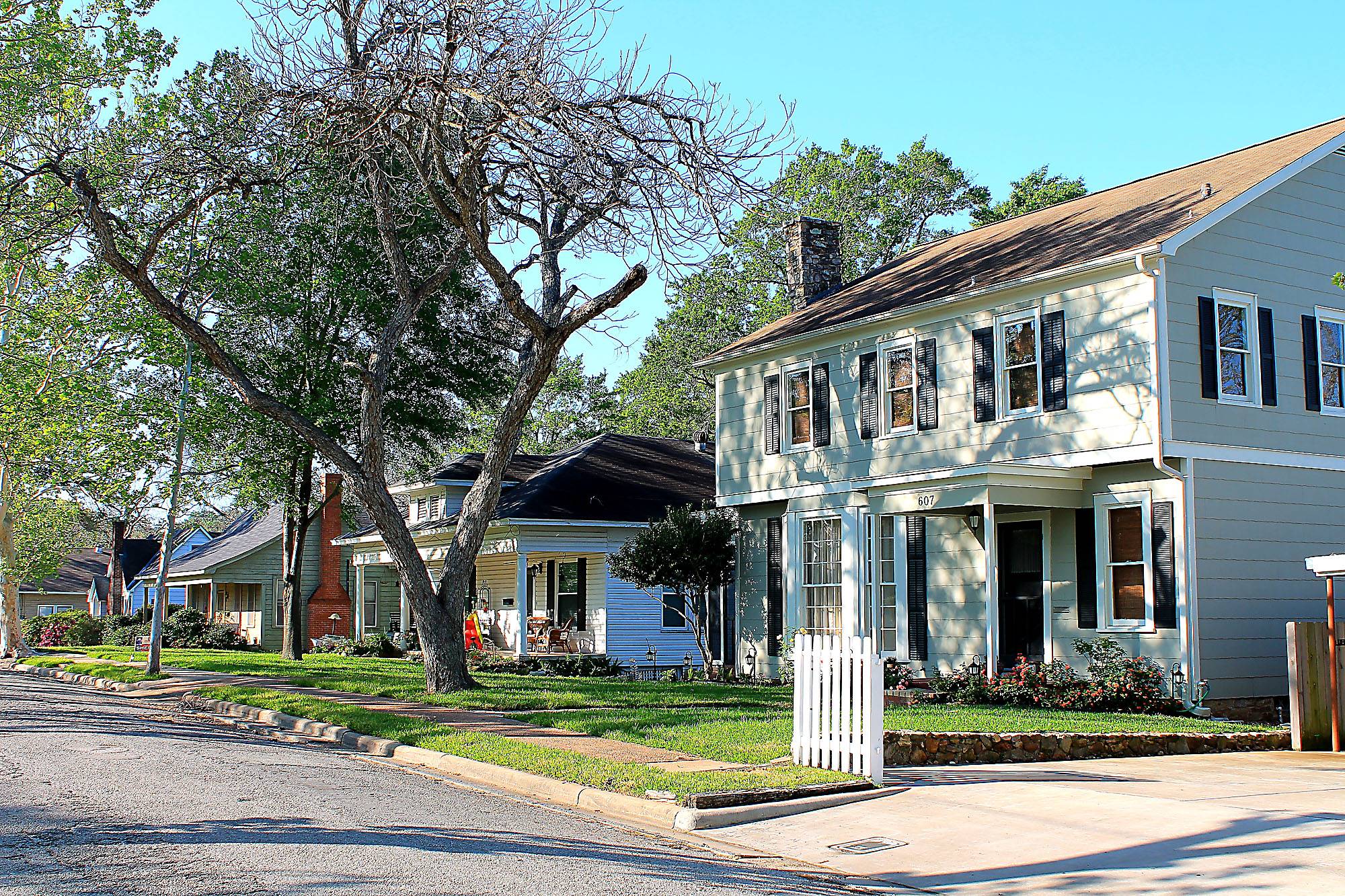
3
DO work with a designer who understands historic homes and how to design for them. Most of the materials available out there, from flooring to countertops to bathroom fixtures, are made for suburban homes of a certain scale and aesthetic. DO NOT USE THEM. The easiest way to ruin the charm of a beautiful old home is to make it look like it should be in the suburbs. A designer who is sensitive to the character of a historic home understands how to use carefully selected modern materials and techniques in ways which enhance what's there already.
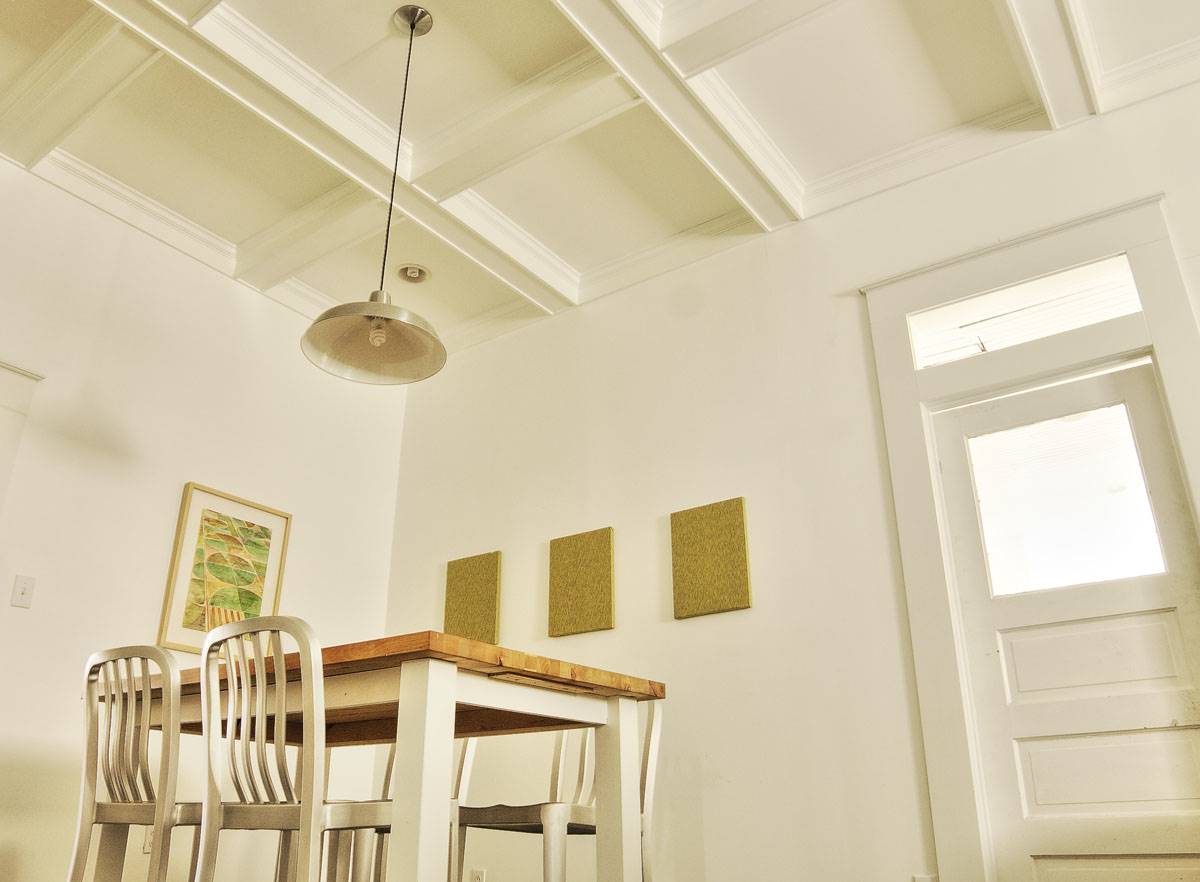
4
DO look up tax benefits available to homeowners in historic districts. If you're doing major improvements, then you may be eligible for tax relief through city programs. Also, there are sometimes grants available from historic preservation advocacy groups to help with repairs like window restoration or roof replacement. Do some research and make connections with groups that know about the resources that are out there. You could save a lot of money.
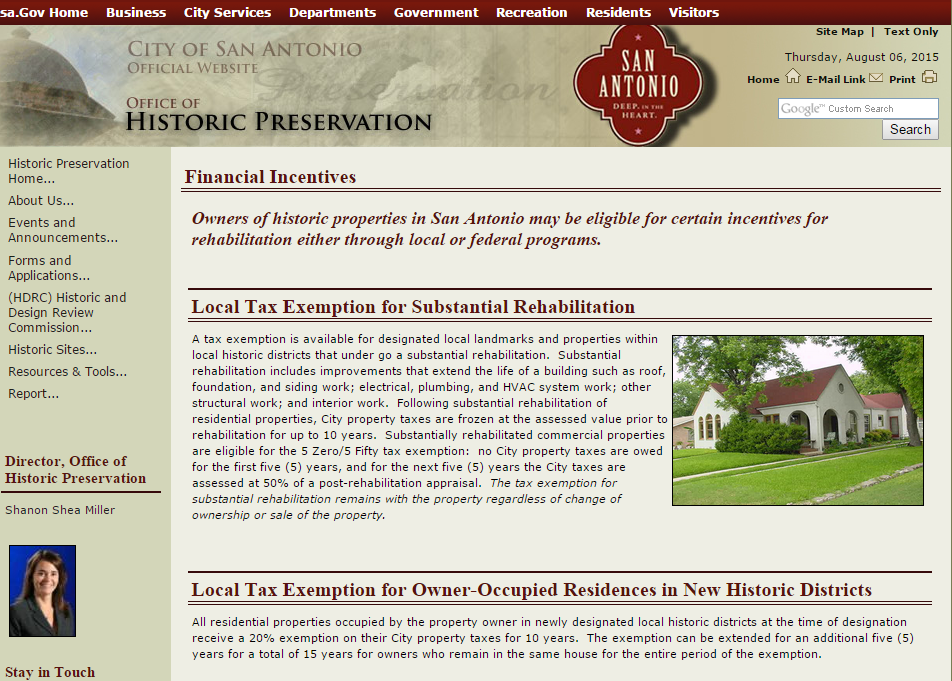
5
DO appreciate the location. Many of the nation's older neighborhoods are seeing a renaissance as people return to downtown. Those neighborhoods are often much more walkable than newer developments, and people are finding health, wellness, and happiness benefits in living in places where getting to a favorite restaurant means strolling five minutes rather than driving 20 minutes.
